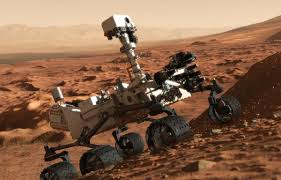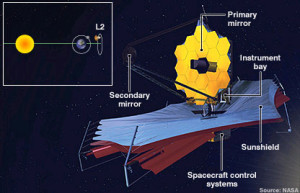
28 Mar The Science of Good Story Telling
Producers and reporters of science programs for film and television are always looking for engaging, compelling stories to teach and motivate and to open our minds to infinite possibilities. Scott Gordon, C.E.O. of Word Wizard, is addicted to scientific programming and watches very little else except the News. That’s why he joined me as we both attended the recent WIFV (Women in Film and Video) event which focused on Scientific Productions.
Main Speakers
Some of the brightest minds in science programming met at the WIFV panel discussion held at Interface Media Group. Panelists included: Karen Heineman, executive producer of Inside Science at the American Institute of Physics; Michael Rosenfeld, head of television and film at Tangled Bank Studios; Jennifer Shoemaker, director of Missions Media at National Geographic Society; Rebecca Howland, producer for Screenscope, Inc; Miles O’Brien, science reporter and producer; and Wade Sisler, executive producer at NASA Goddard Space Flight Center. Katrina Jackson—new WIFV member and PA at Goddard—served as moderator.
The Power Of Social Media
One of the first issues discussed was social media and how to attract viewers to science programming. Attracting and retaining viewer’s takes a sustained social media outreach which, when updated regularly, can prolong the lifespan of a documentary over a made-for-television presentation. Larger shows offer games and interactive media on their websites like Your Inner Fish airing on PBS which allows you to view a 3D body and click on the different body parts to understand how they evolved from other animals.
With the help of the Internet, some science websites and blogs have become so popular that they make it to television. For example, I F$#$king Love science website—beginning as a popular science blog—now boasts a following of 10 million, and is being picked up by the Science Channel.
Dealing with the Skeptics
Whether you believe in modern science or not, it is undeniable that the Martian Rover Curiosity, which is as large as a VW Bug, is traveling around on another planet at this very moment; and uncovering evidence of water and perhaps even life itself. By faithfully and accurately reporting on this modern marvel, the science producers at NASA Goddard, confound the skeptics every day. Therefore Science Producers can deal with the Nay Sayers and sceptics by being certain that science programming can clearly show by what means their conclusions were reached. How an audience perceives a scientist directly affects how or even if they listen. Scientists must be perceived as down to earth, likeable and exciting. National Geographic’s International Fame Lab encourages young scientists to compete in a live panel-judged competition to become potentially a new voice of science.
Producers need to reach out to educators and school systems to assure their products are accepted into school systems. National Geographic also adapts some of its programming to the classroom. Their Engineers in the Classroom program—developed in conjunction with Lockheed Martin—offers specialty lesson plans for grades K-12. Others like Rebecca Howland offer their one program Extreme Realities on PBS as well as on YouTube.
Today, Nat Geo sometimes skips the heavy camera setups and sends explorers to distant locations with only an I-phone to record a story but with the quickly evolving technology, the little guy and the smaller company may find it difficult to keep up in science programming.
And talk about distant locations, NASA Goddard is currently assembling the James Web deep space telescope which will dwarf the Hubble in size and power. It will travel in an orbit way beyond our Moon, and be as big as a one story house. Who knows what it will be able to see, perhaps all the way back to the “Big Bang” itself. You can be sure that it will be ably covered to the scientific community and to the public by the science documentary production team at NASA Goddard. Thanks to WIFV for the first rate programming.







